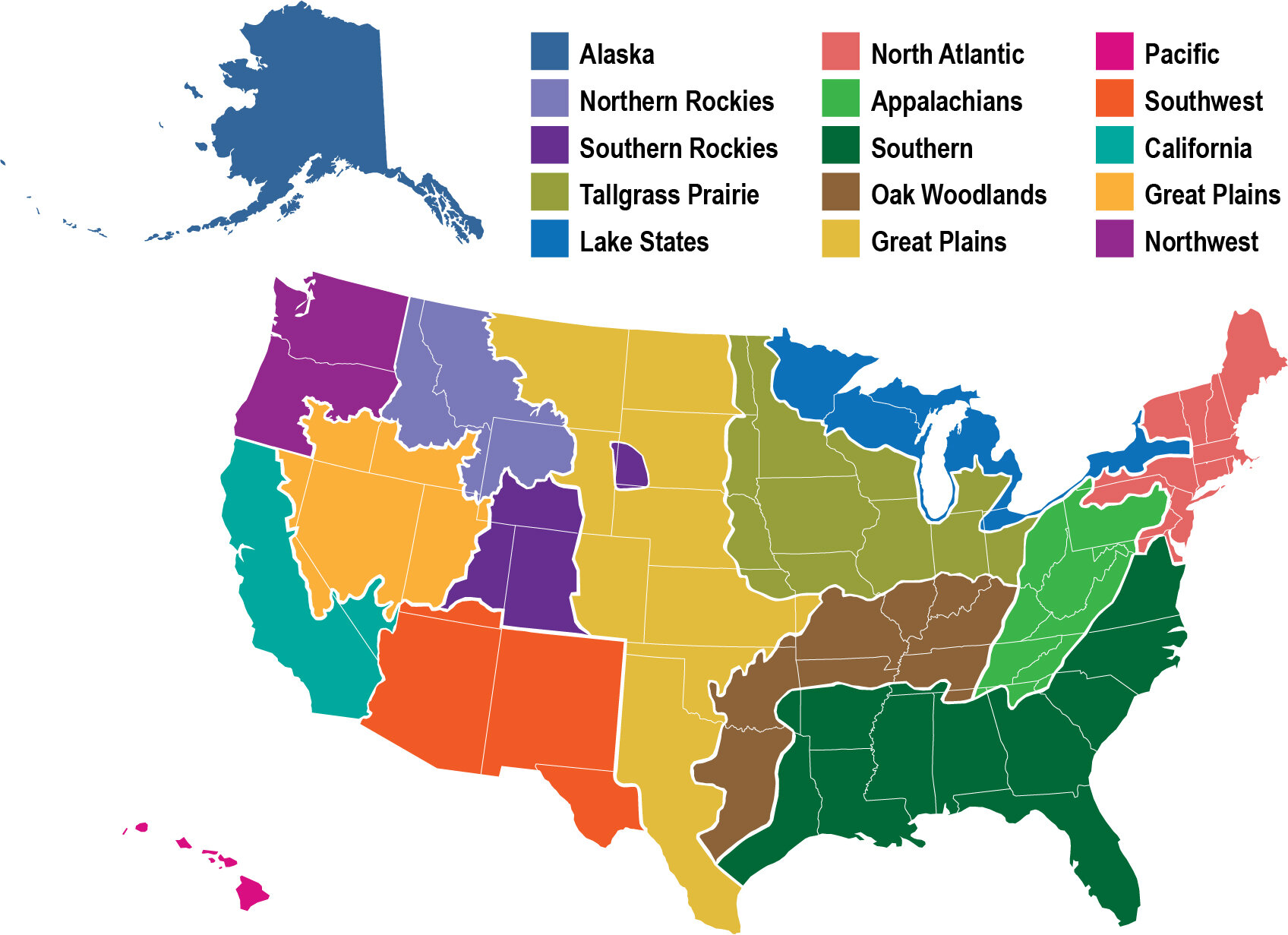Abstract (excerpt): The open oak woodlands described in the accounts of Spanish explorers were in large part created by land use practices of the California Indians, particularly burning. Extensive ethnographic evidence documents widespread use of fire by indigenous people to manipulate plants utilized for food, basketry, tools, clothing, and other uses. Fire helped maintain oak woodlands and reduce expansion of conifers where these forest types overlapped. There is no clear evidence that the Spanish or subsequently the Mexican land uses had any significant impact on the distribution or abundance of oak woodlands. The introduction of livestock led to dramatic changes in understory species, which may have had some effect on oak regeneration, but this first wave of European settlement left California’s oak woodlands largely intact. During the American period, impacts on oak woodlands intensified. Oaks were cleared for fuel and charcoal, to open land for agriculture, and to improve rangeland. Fire suppression favored conifers where oaks and confers co-occur, leading to loss of oak woodlands.
View Full Article PDF >
Read More



